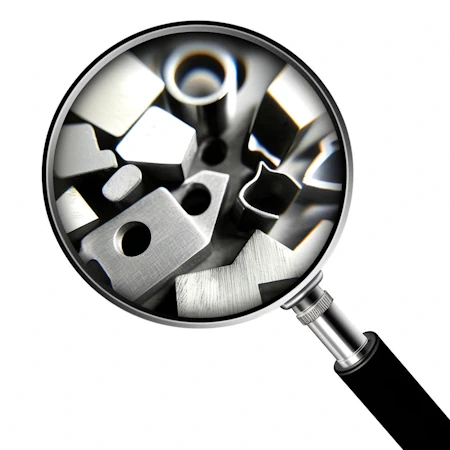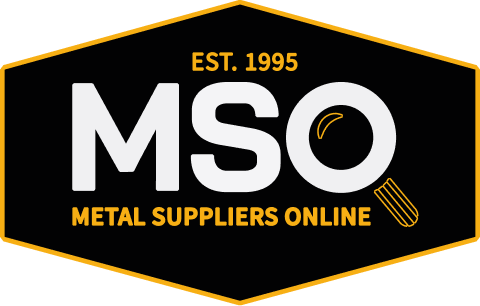Back To Browse
Tool Steels
Tool Steels A10
Aging Procedure
Not applicable to this alloy.
Annealing Procedure
Anneal at 1425 F and very slow furnace cool at a rate of 25 F per hour or less.
Applications
Typically used for thread rolling dies and other intricate die shapes.
Cold Workability
The alloy may be cold worked in the annealed condition by conventional methods.
Forgeability
The forging temperature range is rather narrow of A10. Forge at 1875 F down to 1650 F. Do not forge below 1600 F.
Formability
Forming is done by means of machining or hot forging.
Hardening Procedure
This alloy hardens by heat treatment. See "Heat Treatment" and "Tempering".
Heat Treatability
Preheat slowly to 1200 F then raise the temperature to 1475 F and hold for 45 to 60 minutes. Remove and air cool (the alloy is air hardening as the quench medium).
Hot Workability
Other than forging it is not usual practice to hot work this alloy. Consult the alloy supplier regarding hot working.
Machinability
As with all of the tool steel alloys the machinability of A10 is medium, similar to the low alloy steels. It has a machinability rating of about 85% that of the simple alloy water hardening tool steels (W group) which are rated at 100% for reference.
Other Comments
A10 alloy has high wear resistance and medium toughness.
Principle Design Features
This alloy is one of the Cold Work, Medium Air Hardening type tool steels. It contains chromium, molybdenum, vanadium and manganese to promote deep hardening without quenching. This keeps distortion at a minimum upon hardening.
Tempering Procedure
Temper at 400 F to 800 F. This will result in developing a hardness of approximately Rockwell C 62 for the low temperature to Rockwell C 55 for the 800 F temper.
Weldability
A10 is an alloy steel and thus capable of being welded. Consult the alloy supplier for details.
Known Forms
Bar-Hollow
Flat Bar
Forgings-Discs
Hexagon Bar
Open Die Forgings
Plate
Round Bar
Seamless Rolled Rings
Square Bar
Billet
Contour Rings
Mandrel Rings
Shafts
Additional Data
Specifications
A681 (A-10),T30110Dismiss
Chemical Elements
| Carbon | 1.25 - 1.5 |
| Iron | Balance |
| Manganese | 1.6 - 2.1 |
| Molybdenum | 1.25 - 1.75 |
| Nickel | 1.55 - 2.05 |
| Phosphorus | 0.03 max |
| Silicon | 1 - 1.5 |
| Sulphur | 0.03 max |
Physical Properties
Density: 0.284lb/in³
Melting Point: 2590°F
Specific Gravity: 7.85
Mechanical Properties
Modulus of Elasticity – Tension: 28MSI
Find the metal you're looking for today.

